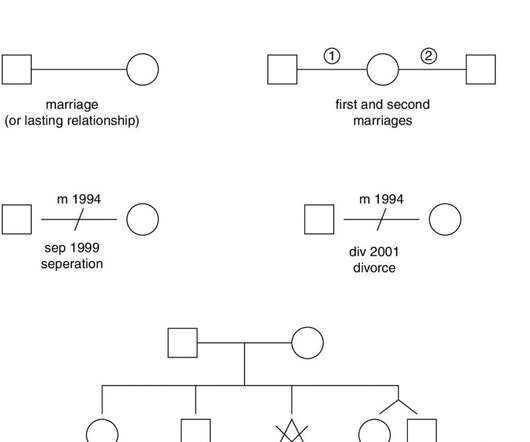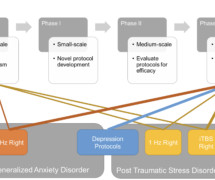Positive Autobiographical Memories in the Context of Posttraumatic Stress Disorder
Society of Clinical Psychology
MAY 9, 2023
PTSD is characterized by intrusive thoughts and trauma-related memories, avoidance of trauma-related triggers, maladaptive changes in thinking and affective processes, and alterations in arousal and reactivity (American Psychiatric Association, 2013). Why Should We Address Positive Autobiographical Memories in PTSD Interventions?
















Let's personalize your content